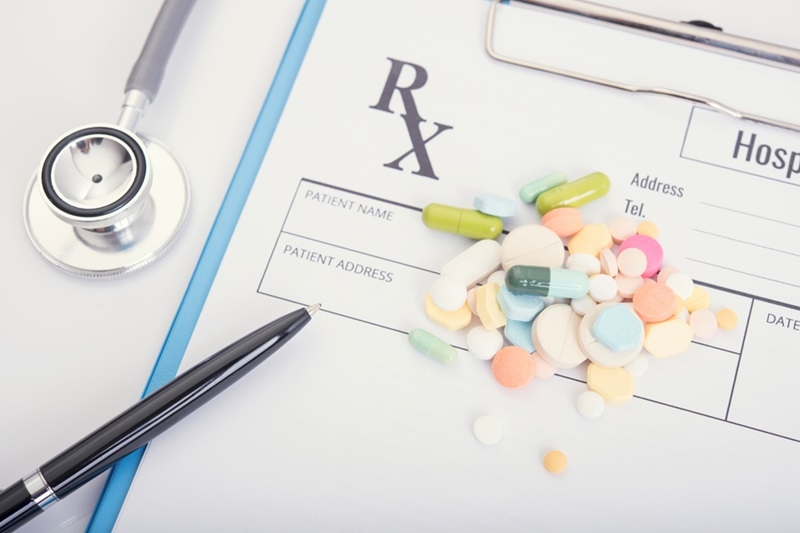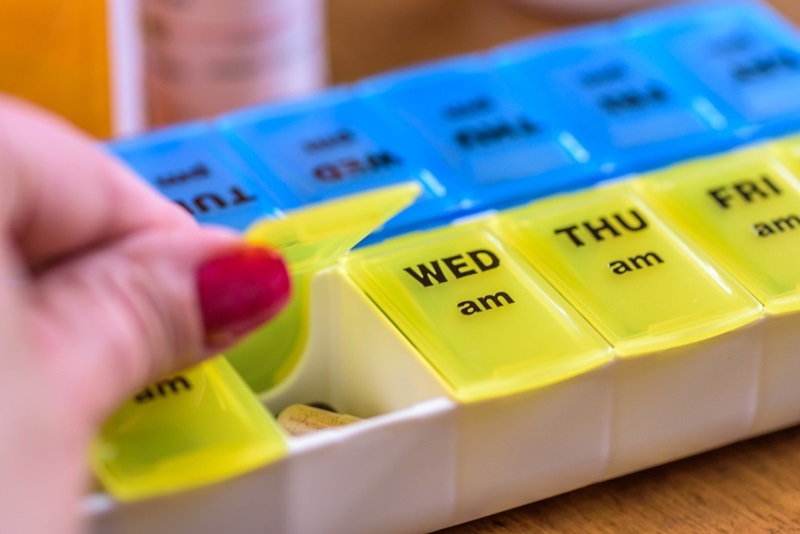
In the United States, prescription drugs are a cornerstone of contemporary medicine. Hundreds of millions of people rely on them to cope with chronic disease, recover from acute illness, and optimize health. Thus, managing prescriptions is not only necessary but truly essential to achieving health success.
But monitoring multiple drugs can be daunting, and tiny mistakes can prove disastrous. On the bright side, with effective prescription monitoring, planning ahead of time, and sophisticated computerized monitoring software, patients and caregivers can avoid abuse of all of their medications without compromising overall patient care.
Other than pill syncing, prescription management translates to a routine process of planning, monitoring, and verifying all drugs a patient takes. Executed properly, it can avert harmful drug combinations, thwart doubled or missed doses, and increase drug regimen adherence.
With individuals on multiple drugs, the threat is even greater. With no well-considered medication plan, it's easy to confuse drugs, omit doses, or misinterpret directions. Proper prescription management prevents:
Lastly, effective management of prescriptions equates to improved patient care, decreased hospitalization, and more stable results.

Taking control of one drug is like juggling one ball in the air at a time. Every drug might even have its own dosage schedule, how to store it, and what side effects it has. For the average American—especially the elderly or chronically ill individual—having drugs to track can quite readily be their undoing.
Some of the problems that are most likely to arise are:
Burdensome regimens: Multiple drugs at multiple times per day.
Puzzle packets: Look-alike tablets taken at the same time that are easily mixed up with one another.
Switching prescriptions: Doctors alter amounts or alter drugs.
Coordination impaired: Different practitioners do not directly communicate with one another.
Adherence fatigue: Memory saturation of taking each tablet daily.
Without a proper system of medication planning, the risk of error that diminishes safe use of medication and care for patients in general is enhanced. It is due to this reason that implementing good habits and use of electronic surveillance gadgets has become an integral part of prescription management.
Tracking is the most effective prescription safety management tool. You can track your drug regimen with smartphone apps on electronic devices or on paper notes, but tracking systems can organize and make your drug regimen transparent.
Here's how tracking helps with prescription control and drug safety:
Prevents missed or double doses: Keeping all the doses in check makes it impossible to guess.
Facilitates compliance: Reminders and alerts keep you in check.
Centers for information: The whole history of most drugs can be easily interpreted by healthcare providers.
Flags problems in time: Some apps alert you to possible drug interactions.
Tracking makes drug planning effective and allows providers to make decisions based on information when it comes to treatment, which results in better patient care outcomes.
There are other online solutions that exist to help patients and caregivers with United States prescription management. The apps are designed to help with prescription management by limiting the chance of human error and simplifying drug planning.
Some of the most utilized are:
Medisafe – Reminders, dose tracking, refill reminders, and medication information sharing with family or doctors.
MyMedSchedule Plus – Prints paper-based color-coded medication schedules, reminders, and simple-to-read schedules.
CareZone – Coords caregivers for loved ones' multiple medications with an integrated included calendar, scanner, and task notes.
PillPack by Amazon Pharmacy – Steps up medications, sorted pre-formed in time-stamped packets to manage complex regimens.
These facilitate prescription management and safe drug use by providing information that is more accurate, consistent, and transmissible. They also supply a clear image of all combination drugs so that practitioners can provide better and informed patient care.
Even without technology, you can take simple but worthwhile steps towards safer prescription management. Creating these habits can provide a solid foundation for drug planning and enhance patient care as a whole.
Have a Master Medication List: Maintain strict records of all prescriptions, over-the-counter drugs, and supplements. Document dosages, time, and prescribers' names. This is essential for efficient prescription management and safe medication with more than one drug.
Pill Organizer: Weekly pillboxes or daily pillboxes make it so easy to manage prescriptions, especially if you are taking more than one drug with complex regimens.
Create Habitual Reminders: Employ telephone reminders, calendar reminders, or sticky notes to create dosing routines. This enhances compliance, an important component of optimal medication planning and prescription safety.
Schedule Routine Medication Reviews: Request your doctor or pharmacist to review your full prescription every six months. This keeps prescription management up-to-date, prevents unnecessary medications, and improves patient care.
Properly Store Medications: Properly store medications as directed. Keeping drugs at room temperature only where otherwise directed maintains potency and helps to safely handle prescriptions.
Repeating the same can greatly reduce risks and create a culture of safe prescription handling without hesitation.
Healthcare providers play an important role in the safe use of medicine. Doctors, pharmacists, and nurses work together to ensure prescription management serves your health rather than slowing it down.
Providers help with prescription management by:
Active communication is the answer. Patients need to provide their medication lists, ask their physicians questions, and report adverse events in real time. This collaborative model increases prescription safety and effectiveness when more than one medication is prescribed.
Older adults are most likely on more than one medication, and prescriptive management is a crucial component of their treatment. Changes in metabolism, vision, and memory with growing age can predispose them to errors.
Caregivers help older adults by:
Prioritizing safe use of medication among the elderly independently enhances patient care, decreases hospital utilization, and enhances quality of life. For caregivers, the organization also provides confidence in taking care of loved ones who have complicated medication schedules.
Most pharmacies and insurance carriers in the US now offer services that help make it simpler to deal with prescriptions. These services are designed for patients who have a lot of medication and improve patient care by simplifying the handling of prescriptions.
Some helpful options are:
Automatic refills: Less delay, fewer missed doses
90-day supplies of medication: Less work for the pharmacy, easier scheduling around meds
Medication therapy management (MTM): Pharmacists review all prescriptions for checks against interactions and for each drug's safe use
Use of these services can have the impact of reducing hassle so much that prescription is more acceptable to patients and enables more control of health behavior.
Technology is also revolutionizing how Americans manage prescriptions. New solutions fueled by Artificial Intelligence (AI) are on the way to assist patients and physicians in managing a set of medicines more efficiently.
Future technologies for managing prescriptions include:
Such innovations see a future where management of prescriptions is more proactive, tailored, and seamless, all in the end for the benefit of the patient.
In a healthcare culture that's more normalized than ever to take several medications, safe medication management has never been more crucial. Through using electronic monitoring devices, medication organization, clear communication with healthcare professionals, and advance planning, you can create a system that is useful for both safe use of medications and enhanced patient care.
Successful prescription management is a function of coordination, clarity, and consistency. Whether you're taking your own prescription or helping the one you love, the objective is the same: to make drug planning convenient and dependable. With the right system, you can prevent mistakes as well as nonadherence and have confidence that every dose brings you closer to good health.
This content was created by AI